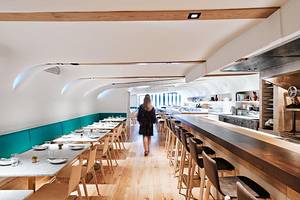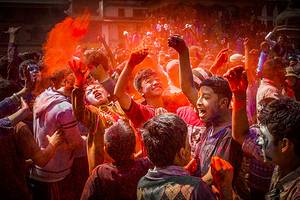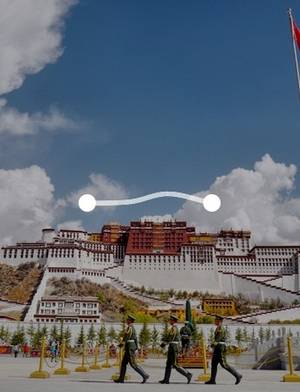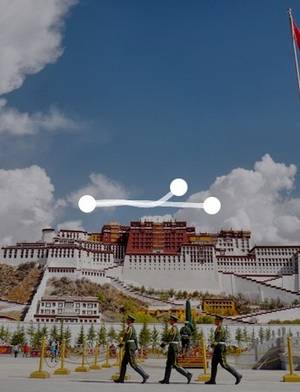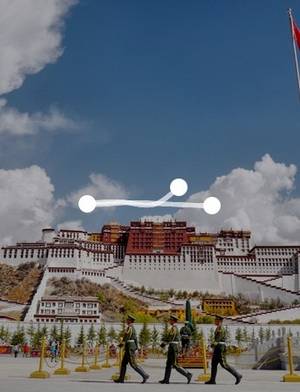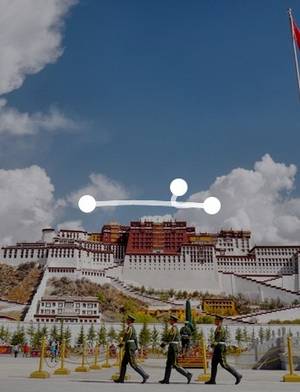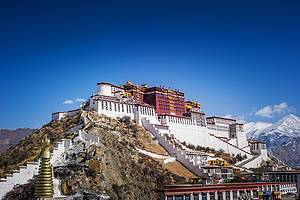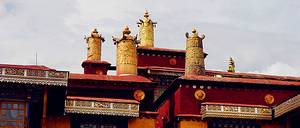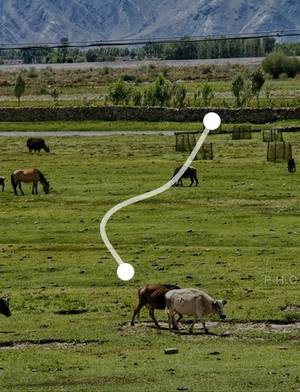Sakya Monastery, A Sanctuary of Tibetan Buddhism Rich in Art and History
Benshan Mountain, Basiba Road, Sagya County, Shigatse City, Tibet Autonomous Region
4.1
Introduction
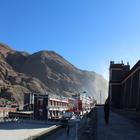
Address Benshan Mountain, Basiba Road, Sagya County, Shigatse City, Tibet Autonomous Region
Opening hours 09:00-18:30 (all day) (January 1-December 31, Monday to Sunday)
 The temple houses many artifacts and murals in its collection
The temple houses many artifacts and murals in its collection



